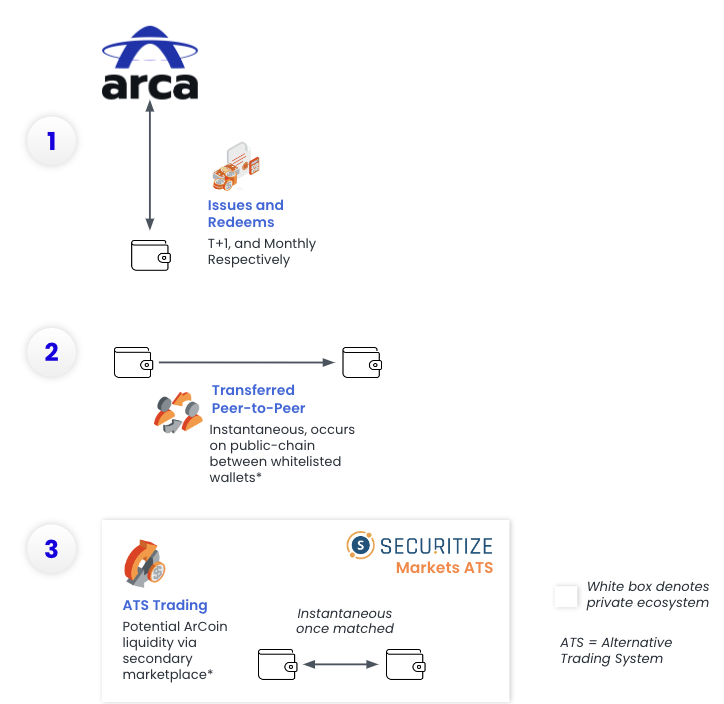Research Summary
This report provides an in-depth analysis of Uniswap’s protocol activities, focusing on the dynamics between traders and liquidity providers (LPs). It explores the performance of the protocol, the influence of Automated Market Making (AMM), and the impact of Ethereum’s scaling solutions on market making dynamics.
Key Takeaways
Uniswap’s Protocol Performance
- Uniswap’s Dominance: Despite the emergence of new decentralized exchanges (DEXs), Uniswap remains one of the most established venues for market making strategies on the Ethereum mainnet. It has also expanded to several Ethereum scaling solution blockchains, known as Layer-2s.
- Interplay between Traders and LPs: The success of Uniswap hinges on the interplay between traders and LPs. The report shows a slight decrease in the number of unique traders and market makers over recent years, but the balance between these cohorts has started to shift.
Market Makers’ Preferences
- Preference for Major Tokens: Despite the large number of newly created pools, it is only a few pools that attract any serious liquidity from market makers. Approximately 70% to 85% of the total liquidity is contributed to pools in the Top-10 tokens.
- Impact of Market Conditions: The report suggests that market makers respond to the trading demand expressed by traders, effectively following the fee revenue into whatever pools provide it. This trend is influenced by market conditions and narrative-based developments.
Traders’ Favourite Tokens
- Concentration in Top-10 Pools: Most of the Uniswap trade volume is concentrated in the Top-10 pools, which generally include pairs between the dominant stablecoins, WETH, and WBTC. During market rallies, volume tends to increasingly flow into the Top-10 to Top-20 pools.
Actionable Insights
- Understanding Market Dynamics: Market makers and traders should understand the dynamics of Uniswap’s protocol activities to make informed decisions. This includes understanding the interplay between traders and LPs, and the impact of market conditions on trading and liquidity provision.
- Monitoring Token Preferences: Both market makers and traders should monitor the preferences for major tokens and the concentration of trade volume in the Top-10 pools. This can provide insights into market trends and potential opportunities.
- Considering Market Conditions: Market makers and traders should consider market conditions and narrative-based developments when making decisions. These factors can significantly impact trading volumes and liquidity provision.













